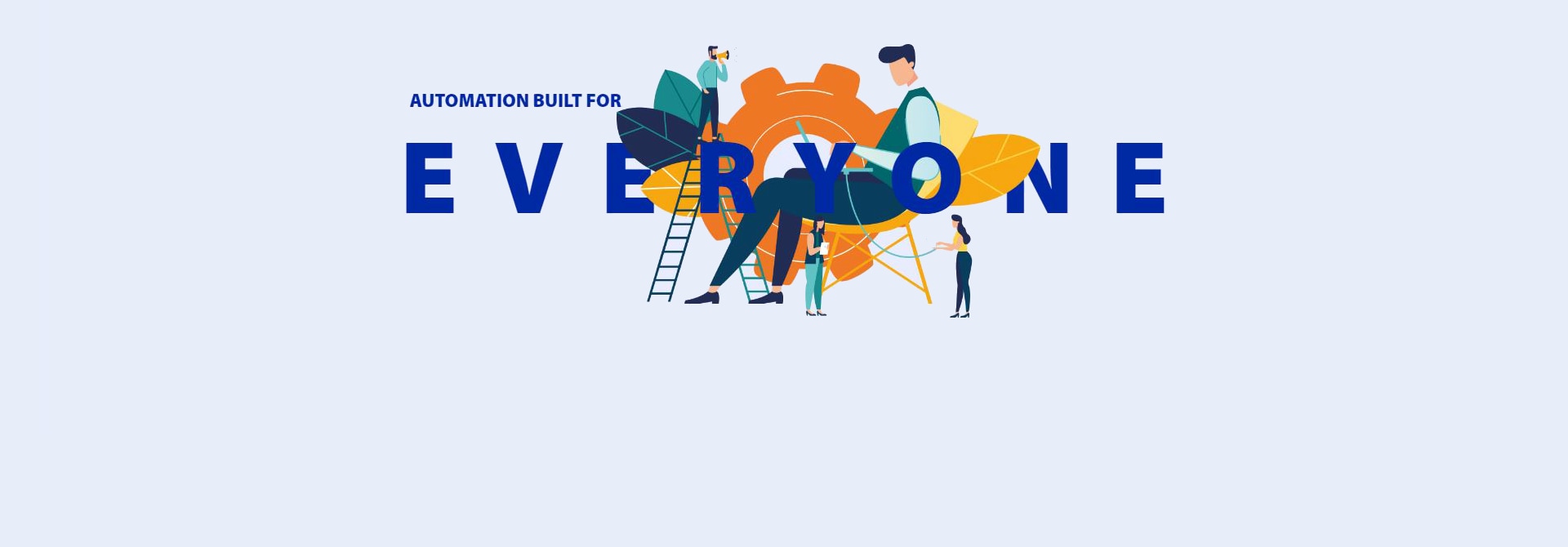Home > AssistEdge > Blogs > What is Computer Vision?
What is Computer Vision?

In the previous blog, we learned about what OCR is, its history and the importance of moving to Computer Vision. In this blog, we will throw light on what is Computer Vision, its advantages and, why does it matter in the age of intelligent automation.
Computer Vision: The concept
According to SSON’s report on: Computer Vision and Cognitive Automation, Computer Vision refers to the ability to see, read and recognize specific objects or data within an unstructured format and is frequently associated with the field of artificial intelligence. Computer Vision emerged in the 1960s as a result of research into artificial intelligence and mimics the human visual system as a means of endowing machines with so-called intelligent capabilities.
Computer vision is a field of computer science and is closely linked with deep learning and artificial intelligence. It makes understanding the visual world/digital images a breeze.
Computer vision uses neural networks to make sense of the image and recognize specific objects in the digital image. It surpasses human abilities and makes up for what a human eye will forego. Applied across industries, from manufacturing and healthcare to insurance and security — preventing breakdowns in manufacturing to helping leaders explore analytics for effective legislation, CV is changing the way we synthesize and interpret information.
How does Computer Vision enable data collection and extraction?
Are you struggling to process visual information? Are you trying to keep errors to an absolute minimum? Computer vision enables your computer/machine to see and process information in any scenario.
Let’s take an example of the healthcare industry — Once the MRI scans of a patient are obtained, doctors may take weeks to analyze the report, causing a delay in treatment. With the help of deep neural networks, CV processes information faster, more accurately, thus facilitating better patient care. Advanced image analytics, machine learning and artificial intelligence integrate data, thereby improving decision-making, avoiding complications and enabling faster treatment.
With the help of AI patterns, data in the form of PDFs and scanned text images can drive faster insights for patient care. By leveraging Computer Vision, classification, indexing, retrieval, and management of images is no more a mammoth task, rather a giant step in the journey towards building a truly intelligent enterprise.
Extracting information from the huge volume of unstructured data is nearly impossible. Computer vision involves several techniques, including image segmentation, facial recognition, pattern detection, image classification, image restoration and object detection to interpret information from digitally captured images. However, there are challenges in data extraction that enterprises need to take into account — the format and structure of images, PDFs, use of foreign languages, infographics, and special characters, among others.
Advantages of Computer Vision and why do enterprises need it?
With futuristic technologies growing at an unprecedented pace, enterprises are looking to tap into the power of computing more than ever. Mobile technology with built-in cameras and new algorithms and neural networks are bringing about disruptive transformation in the field of computer vision.
Here are a few advantages of Computer Vision that you cannot ignore:
Computer Vision has seeped into many areas of our life and has been successfully applied, from driverless cars to tagging friends on Facebook. An integral component in artificial intelligence, enterprises are looking to invest in CV to automate data collection, extraction and understanding of images and videos. It’s an interdisciplinary field that helps in the extraction of unstructured data. For enterprises to succeed in the age of intelligent automation, embracing AI-related technologies will bring about change in unexpected ways.
If you own a retail store or are in a lifestyle business, Computer Vision has real-time applications across many industries. It’s time businesses not just jump into the technology bandwagon, but successfully rollout its applications — reading vast pool of data from PDFs or a sequence of images.
The role of Computer Vision in the intelligent automation road map for enterprises
With the explosion of image data, enterprises are looking at Computer Vision, a groundbreaking technology to automate a myriad of tasks across industries. Computer Vision is not just about extracting data — it’s far more powerful than that. Many enterprises are already deploying CV — from using image analysis in predictive analytics to forecast customer behavior to the application of biometrics and facial recognition in security.
AI-related technologies like cognitive automation are putting data at the heart of an enterprise’s digital journey. From transforming data to actionable insights to enabling businesses to maintain a competitive edge, Computer Vision possesses endless possibilities. Intelligent automation synthesizes vast amounts of information, automates processes and workflows, and enables decision-making, thus changing the way we work. Intelligent automation powers a new generation of enterprises and is the core factor for driving change, compelling business leaders to reevaluate strategies.
Final thoughts…
With Computer Vision gaining popularity by the day, enterprises across industries are stepping up their AI game as they do not want to miss out on the huge opportunities that CV throws. And this is just the start!
Download the SSON report — Enabling Intelligent Automation using Computer Vision now.
References:
https://medium.com/@Innoplexus/understanding-the-computer-vision-technology-cf4d4fa9045c


Razia Kuvale Zubair
More blogs from Razia Kuvale Zubair >